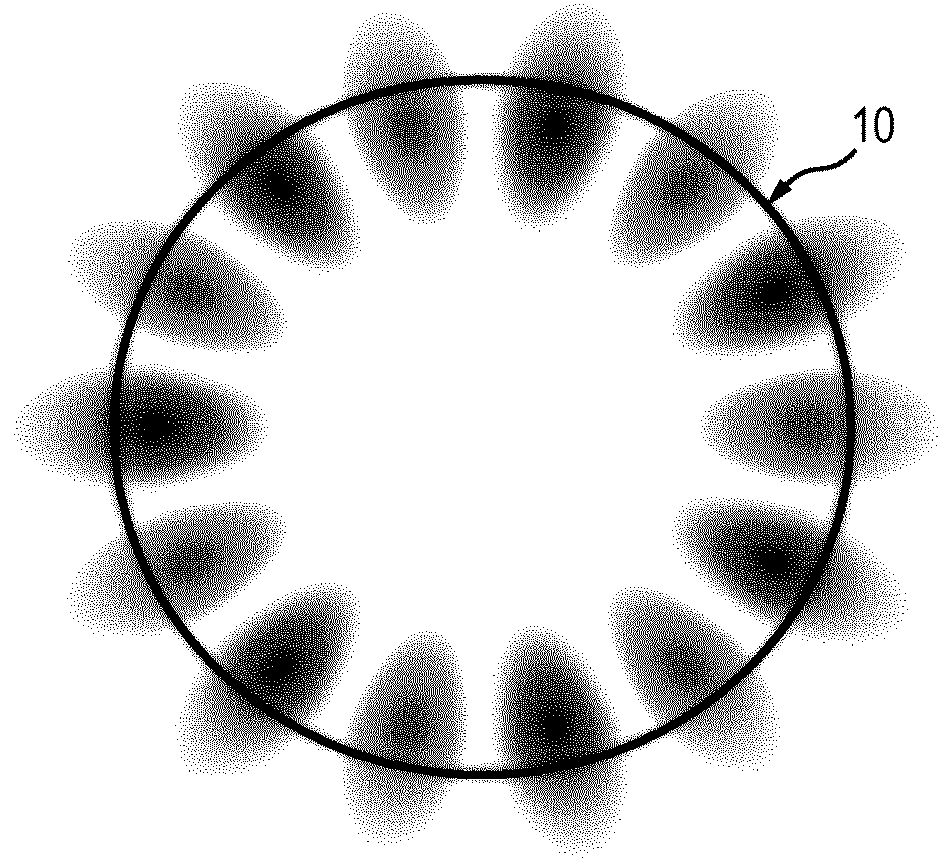Method for tuning one or more resonator(s)
a technology of resonators and resonators, applied in the direction of instruments, optical light guides, optical waveguide light guides, etc., can solve the problems of no better than a few nanometers precision, ultimate resonance wavelength of fabricated optical resonators, and difficulty in building with high precision, etc., to achieve fast tuning mechanism and short amount of time
- Summary
- Abstract
- Description
- Claims
- Application Information
AI Technical Summary
Benefits of technology
Problems solved by technology
Method used
Image
Examples
Embodiment Construction
[0095]In order to give a detailed view of the method, the specification will be based on a special type of resonator. This shall not be limitative, in so far as the method can be applied to any optical resonator. By resonator, it is meant any kind, or any shape, or any material that would enable a photonic resonance and the confinement of light in a given volume.
The Photonic Device
[0096]The nano- or micro-photonic resonant cavities, or photonic resonators 10, hereby referred as the resonator 10, employed here for proof of principle experiments consist of disks 11 (see FIG. 1), made from a semi-conductor such as Gallium Arsenide (GaAs). A disk is typically micrometer-sized in lateral dimensions and few hundreds of nanometers thick. The resonator 10 is coupled to an integrated optical waveguide 20, whose central region 21 is tapered in the vicinity of the resonator 10 to allow optical coupling. Typically, and not only in the disk case, said coupling is achieved by evanescent waves. Th...
PUM
 Login to View More
Login to View More Abstract
Description
Claims
Application Information
 Login to View More
Login to View More - R&D
- Intellectual Property
- Life Sciences
- Materials
- Tech Scout
- Unparalleled Data Quality
- Higher Quality Content
- 60% Fewer Hallucinations
Browse by: Latest US Patents, China's latest patents, Technical Efficacy Thesaurus, Application Domain, Technology Topic, Popular Technical Reports.
© 2025 PatSnap. All rights reserved.Legal|Privacy policy|Modern Slavery Act Transparency Statement|Sitemap|About US| Contact US: help@patsnap.com



